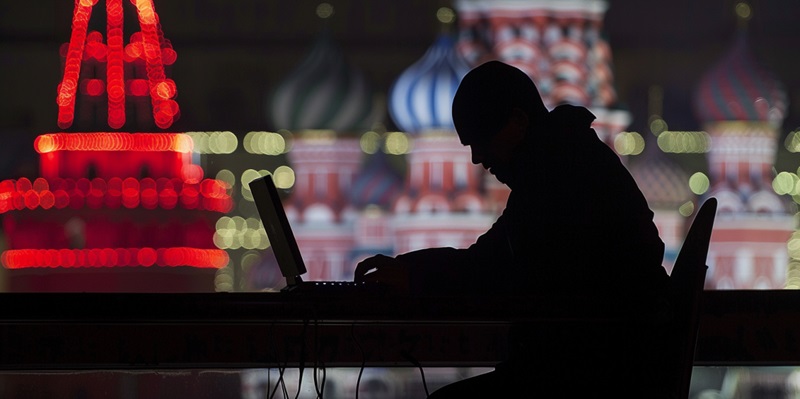On May 10, 2024, viewers of Latvian telecommunications provider Balticom experienced an unusual interruption when their scheduled programming was replaced with the live broadcast of the Victory Day military parade from Moscow. This unexpected airing coincided with Russia’s national celebration marking its triumph over Nazi Germany in World War II and came as a shock to many in Latvia, a country with a complex history with Russia. It was quickly determined that the altered broadcast was the result of a cyberattack—an increasingly common tactic in the modern era of digital warfare.
The attack itself targeted not Balticom’s infrastructure directly, but rather an interactive TV server based in Bulgaria which served as a content source for the Latvian operator. This indirect method of cyber intrusion allowed the perpetrators to broadcast the parade, likely in an attempt to promote Russian nationalism and commemorate their historical victory. Despite the breach, the influence was relatively contained; only about 5% of Balticom’s subscribers witnessed the unsanctioned feed before it was promptly shut down.
Latvian Response and Implications
On May 10, 2024, Balticom, a Latvian telecom provider, was hit by an unexpected cyberattack. Instead of their regular shows, subscribers found themselves watching Moscow’s Victory Day parade, which commemorates Russia’s WWII victory. The cyber incident underlined the ongoing digital warfare and Latvia’s sensitive relationship with Russia.
The hackers targeted an interactive TV server in Bulgaria, which indirectly led to Balticom’s broadcast of the parade, possibly to kindle Russian national pride. The breach reached about 5% of Balticom’s audience, however, the unauthorized broadcast was swiftly terminated.
Events like this underscore the possibility of cyberattacks intervening in global politics, shaping public opinion, and manipulating historical events. The swift action in this instance minimized the broadcast’s effects, but it serves as a vivid reminder of our digital infrastructures’ susceptibility and the urgent need for enhanced cyber defenses.

